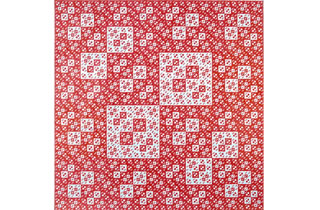Most art I believe readily fits into the category of reflecting the culture of its time. As was stated, this is what makes art history so interesting. The example of the Egyptian artwork is important in the idea of reflection, as much of what we know today about ancient Egyptian culture is through interpreting the artwork left behind. Culture is a reference point to many artists creating work; art trends or current social issues often drive an artist to create their work. As in Guernica by Picasso, the work is total commentary on the Spanish civil war, yet Picasso also illustrates Spain’s rich iconographic history with the motifs he uses. Even minimalist artists such as Kasimir Malevich, reflect culture in their art works such as Black Square. This may not mirror current events in society, however it does follow the modernist art trend of its time, which in its self is a reaction to the restrictions placed on art previously. This work therefore in its minimalist state is not free of reflecting culture.
Kasimir Malevich Black Square (1915)
I do not believe naïve or outsider artists are exempt form this reflection. Although Martin Thomson may be seemingly unengaged in any debates about art or culture, his work is not free from exposing this contemporary era. The materials immediately exhibit current ideas, graph paper, sticky tape and pens, contains him very easily in the technological era. His meticulous artwork also gives the impression of pixels, static or other post-modern phenomena. If Thomson’s work were to stand next to Malevich’s Black Square, an ancient Egyptian artwork and Picasso’s Guernica, it would be quite easy to place in the post modern context.
Pablo Picasso - Guernica - 1937
To create artwork the artist has nothing to draw upon except their surroundings, including society, materials, life experiences, art movements and the environment all of which indicate the culture in which an artist works. Even an insane artist can not escape the confines of culture, the mind may act as a vehicle for escape, yet all it has to draw from on it’s journey is lived experiences. These experiences find their origin in the culture of their conception.





